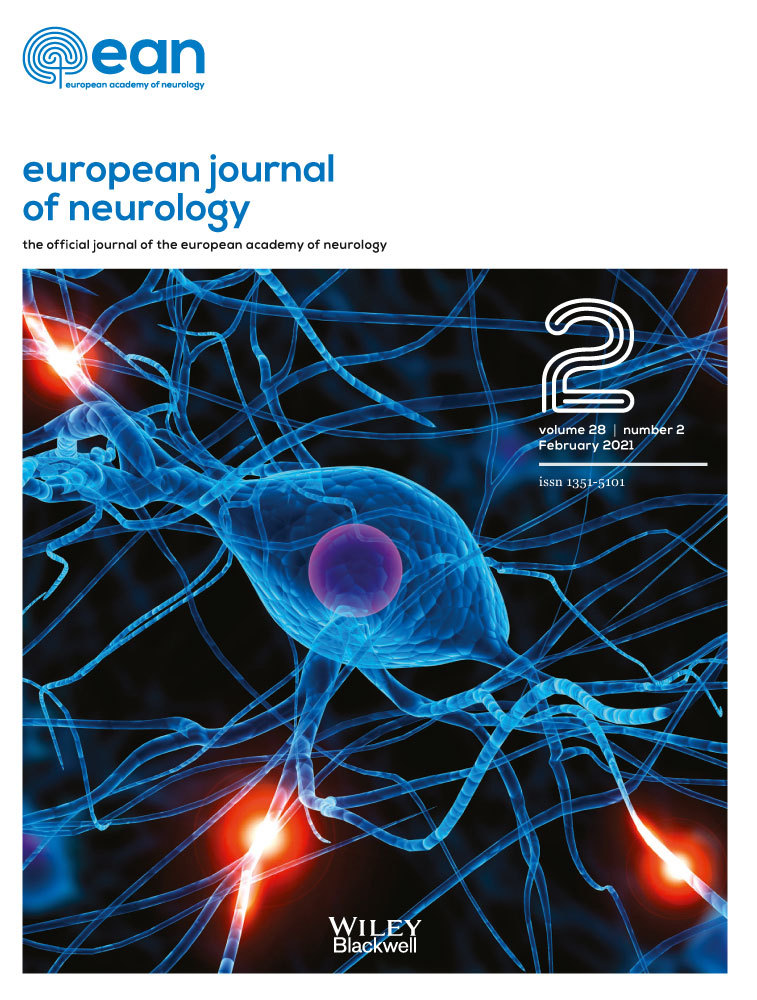Stroke units could be a valid alternative to intensive care units for patients with low-grade aneurysmal subarachnoid haemorrhage
Abstract
Background and purpose
According to current guidelines, patients with aneurysmal subarachnoid haemorrhage (aSAH) are mostly managed in intensive care units (ICUs) regardless of baseline severity. We aimed to assess the prognostic and economic implications of initial admission of patients with low-grade aSAH into a stroke unit (SU) compared to initial ICU admission.
Methods
We reviewed prospectively registered data from consecutive aSAH patients with a World Federation of Neurosurgery Societies grade <3, admitted to our Comprehensive Stroke Centre between April 2013 and September 2018. Clinical and radiological baseline traits, in-hospital complications, length of stay (LOS) and poor outcome at 90 days (modified Rankin Scale score > 2) were compared between the ICU and SU groups in the whole population and in a propensity-score-matched cohort.
Results
Of 131 patients, 74 (56%) were initially admitted to the ICU and 57 (44%) to the SU. In-hospital complication rates were similar in the ICU and SU groups and included rebleeding (10% vs. 7%; P = 0.757), angiographic vasospasm (61% vs. 60%; P = 0.893), delayed cerebral ischaemia (12% vs. 12%; P = 0.984), pneumonia (6% vs. 4%; P = 0.697) and death (10% vs. 5%; P = 0.512). LOS did not differ between groups (median [interquartile range] 22 [16–30] vs. 19 [14–26] days; P = 0.160). In adjusted multivariate models, the location of initial admission was not associated with long-term poor outcome either in the whole population (odds ratio [OR] 1.16, 95% confidence interval [CI] 0.32–4.19; P = 0.825) or in the matched cohort (OR 0.98, 95% CI 0.24–4.06; P = 0.974).
Conclusions
A dedicated SU, with care from a multidisciplinary team, might be an optimal alternative to ICU for initial admission of patients with low-risk aSAH.
Disclosure of conflicts of interests
The authors declare no financial or other conflicts of interest.
Open Research
Data availability statement
The data that support the findings of this study are available from the corresponding author upon reasonable request.




